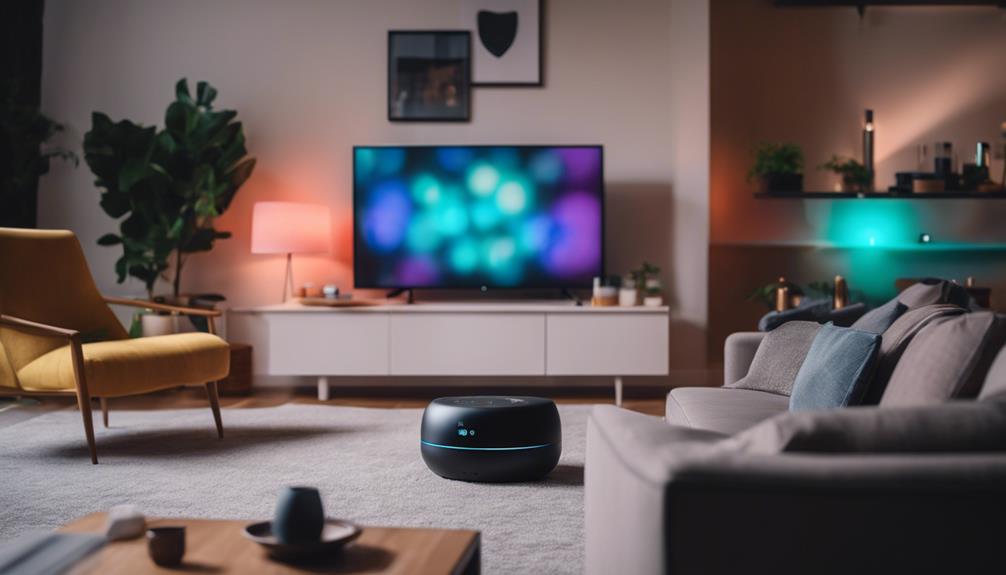As our population ages, the need for innovative solutions to support the elderly becomes increasingly critical. Old age gadgets—devices designed specifically for seniors—play a pivotal role in enhancing their independence, safety, and overall quality of life. This article explores various types of gadgets available for older adults, their benefits, and real-life applications that showcase their effectiveness.
Understanding the Need for Old Age Gadgets
With the global population aged 60 years and older projected to reach 2.1 billion by 2050, addressing the needs of seniors is essential. Aging often comes with challenges such as mobility issues, cognitive decline, and chronic health conditions. Gadgets designed for older adults offer solutions that can:Cool Food Gadgets
- Improve mobility and accessibility
- Enhance safety and security
- Facilitate communication and social interaction
- Support health monitoring and management
Categories of Old Age Gadgets
Old age gadgets can be broadly categorized into several types, each addressing specific needs of seniors:
1. Mobility Aids
Mobility aids are designed to assist seniors in moving around safely and independently. Examples include:
- Walkers: Provide stability and support while walking.
- Canes: Offer balance support and can be equipped with features like LED lights.
- Wheelchairs: Enhance mobility for those who cannot walk.
- Mobility scooters: Provide a convenient means of transportation for longer distances.
According to the National Institute on Aging, approximately 35% of adults aged 65 and older fall each year, making mobility aids crucial for preventing accidents.
2. Safety Devices
Safety devices help protect seniors from potential dangers in their homes and communities. Key examples include:
- Medical alert systems: Allow seniors to call for help in emergencies with the push of a button.
- Smart home devices: Enable seniors to control lighting, thermostats, and security systems remotely.
- Fall detection sensors: Automatically alert caregivers when a fall is detected.
A study by the Journal of Aging Research found that the use of medical alert systems significantly reduced emergency response times for seniors, providing peace of mind for both users and their families.
3. Communication Tools
Staying connected is vital for emotional well-being. Communication gadgets for seniors include:
- Tablets and smartphones: Designed with larger screens and simplified interfaces for easier use.
- Voice-activated assistants: Devices like Amazon Echo or Google Home help seniors make calls, set reminders, and control their smart home devices using voice commands.
- Video calling platforms: Applications like Skype and Zoom facilitate virtual visits with family and friends.
Research from the Pew Research Center indicates that 73% of seniors use the internet, and 53% use social media, highlighting the importance of communication gadgets.
4. Health Monitoring Devices
Health monitoring gadgets help seniors keep track of their health conditions, enabling proactive management. These include:
- Wearable fitness trackers: Monitor physical activity, heart rate, and sleep patterns.
- Blood pressure monitors: Allow seniors to check their blood pressure at home and share results with healthcare providers.
- Medication management systems: Remind seniors when to take their medications and can alert family members if doses are missed.
The Centers for Disease Control and Prevention (CDC) states that chronic diseases affect 70% of seniors, making health monitoring devices essential for managing these conditions effectively.
Real-Life Applications and Case Studies
To illustrate the impact of old age gadgets, consider the following case studies:
Case Study 1: Medical Alert Systems
Mrs. Johnson, an 82-year-old widow living alone, faced challenges due to her declining mobility. After receiving a medical alert system from her daughter, she reported feeling significantly safer. One evening, she experienced a fall and was able to call for help within seconds. Emergency services arrived promptly, and she was treated for minor injuries. This experience reassured her and her family, emphasizing the importance of such devices for seniors living independently.
Case Study 2: Smart Home Technology
Mr. Smith, a 78-year-old man with limited mobility, adopted smart home technology to manage his daily tasks. With voice-activated assistants, he could control lights, set reminders for medications, and even order groceries online. His daughter noted a marked improvement in his quality of life and independence, as he no longer relied heavily on her for everyday tasks.
Challenges and Considerations
Despite the benefits of old age gadgets, there are challenges and considerations to keep in mind:
- Technology adoption: Some seniors may struggle with new technology, necessitating user-friendly designs and comprehensive training.
- Cost: Many gadgets can be expensive, and not all seniors can afford them without assistance.
- Data security: With increased connectivity comes the risk of data breaches, highlighting the need for secure devices.
Conclusion: Empowering Seniors Through Innovation
Old age gadgets are not merely conveniences; they are essential tools that empower seniors to lead independent, fulfilling lives. From mobility aids to health monitoring devices, these gadgets address the unique challenges faced by the elderly population. As technology continues to evolve, it is crucial to focus on creating accessible, affordable, and secure solutions that meet the needs of older adults. By doing so, we can ensure that our aging population enjoys a higher quality of life, enhanced safety, and the independence they deserve.
